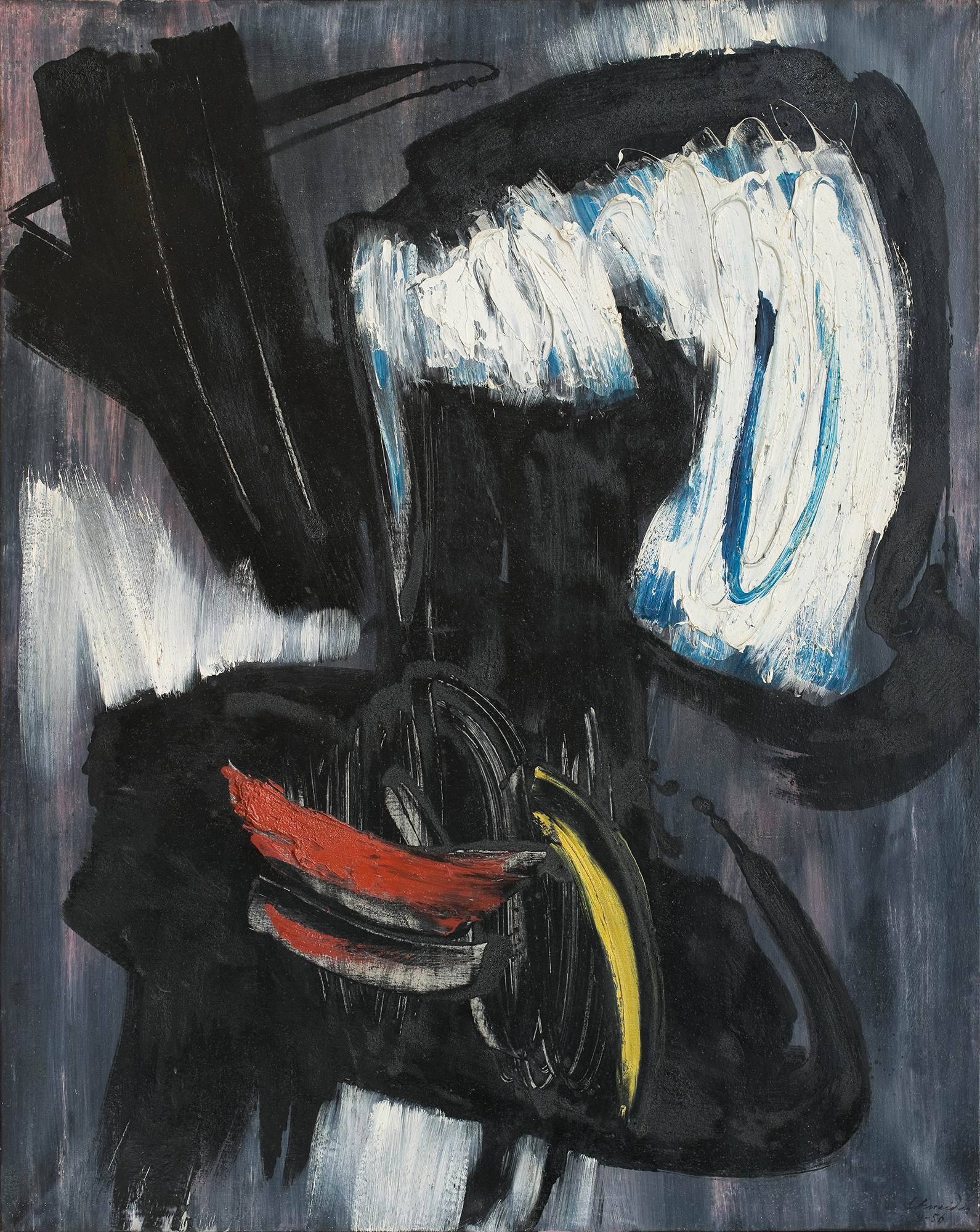Creating a Catalogue Raisonné, whether digital or printed, is an essential step in securing an artist’s lasting place in art history. Here are the key steps to successfully carry out this complex project, which is at once scholarly, documentary, and artistic.
1. Define the Scope of the Catalogue Raisonné
Before getting started, it’s important to clearly frame the project:
- Will the catalogue cover the artist’s entire body of work or focus on a specific period?
- What types of works will be included: paintings, drawings, sculptures, prints, graphic works?
- What are the objectives: authentication, promotion, protection, or dissemination of the work?
2. Conduct Thorough Documentary Research
Creating a reliable Catalogue Raisonné requires methodical research:
- Primary sources: personal archives, letters, notebooks, certificates of authenticity, exhibitions, auction records.
- Secondary sources: monographs, exhibition catalogues, critical essays, specialized publications.
- Testimonies and interviews with the artist’s relatives, collectors, or experts.
3. Identify and Examine the Works
- Locate artworks in museums, galleries, and public or private collections.
- Whenever possible, observe the works in situ to assess techniques, dimensions, and condition.
- Take high-resolution photographs to visually document the Catalogue Raisonné.
4. Authenticate the Works
Evaluating authenticity is central to the process:
- Primary sources: personal archives, letters, notebooks, certificates of authenticity, exhibition records, auction sales.
- Secondary sources: monographs, exhibition catalogues, critical reviews, and specialized publications.
- Testimonies and interviews with the artist’s family, collectors, or experts.
5. Write the Artwork Entries
Each work listed in the Catalogue Raisonné should include a comprehensive descriptive record:
- Image of the artwork
- Title, date, dimensions, techniques, signature
- Current location
- Historical provenance
- Past exhibitions
- Bibliographic references
- Sales history
- Critical commentary (optional)
6. Structure the Catalogue Raisonné
The organisation of the catalogue can follow various criteria:
- Chronological, thematic, typological, or geographical classification
- General introduction about the artist and their approach
- Appendices: bibliography, glossary, index, cross-reference tables, archival documents
7. Scientifically Validate the Content
To ensure the reliability of the Catalogue Raisonné:
- Cross-check all data
- Review by experts or a scientific committee
- Obtain legal authorizations (rights holders, foundations, etc.)
8. Publish the Catalogue Raisonné
- Choose a professional tool to create an online Catalogue Raisonné (e.g., InventoZen)Set up an organised and easy-to-navigate database
- Distribute the catalogue via a dedicated web platform (free or paid access)
- Consider a printed edition with a specialized art publisher
9. Update the Catalogue Raisonné
A good Catalogue Raisonné is a living tool:
- Track new discoveries or acquisitions
- Update sales and changes in location
- Establish an official authentication committee
- Issue certificates of authenticity
- Inform art market professionals about the existence of the catalogue
Accueil »




